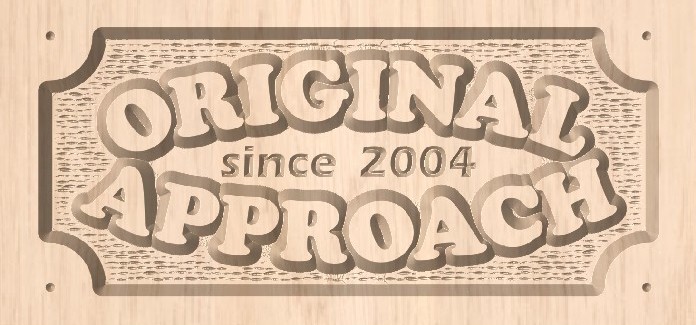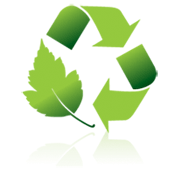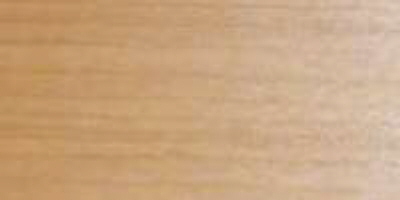|
Birch's ease of use and reasonable price, have made it a great craftwood, for almost any woodworking project. It's used extensively for firewood and makes wonderful ornamental trees. It has been turned to make all the toy parts you need, tongue depressors, tooth picks, pulped for paper, and turned into high end furniture. There is little it has not been used for.
Yellow Birch: The Official Tree of Quebec, CAN
White Birch: The Official Tree of Saskatchewan,CAN
The Tree: Betula family
Birch trees grow abundantly in North America, with nine species in this family that are relatively well known, but over 50 species found around the world, including many ornamental and shrub bushes. Yellow(silver or swamp birch) and paper (sometimes referred as white or canoe) birch are the two most common trees in Northern Ontario, although sweet, river and gray birch have some commercial recognition in other parts of Canada and the United States.
"White" birch, as we know it, is not really a species but rather a combination of either paper and/or gray birch. Red Birch is not a species at all, but rather refers to the heart stock of the yellow birch. Almost all members of this family have a smooth resinous white bark, that peels, rolls or curls, in some fashion. Some types of birch bark peels up the tree, rather than the traditional "around the tree". The bark gets very thick and deeply ridged as the tree gets older. Birches are usually the first to establish in cleared land, but start to die once other trees move in and offer shade. The trees will average a height of 70' and a diameter of 2'.
Wood Description:
The appearance of the wood will vary between species, but generally, the sap wood is creamy white and the heart stock, golden brown. Paper birch is predominately sap wood, with small brown knotty hearts. The wood is mostly white but as it nears the core will show brown flame patterns, with white sap edges.. quite dramatic. Yellow birch on the other hand, tends to be a larger tree and exhibits a more consistent golden brown colour, with little creamy white sap wood. Often yellow birch shows a nice curl pattern. In commercial operations, unlike maple,it is rarely sorted for colour.
All birch has a fine and uniform texture, closed pored and no significant odor. Birch dries with a fair amount of shrinkage. It loses almost 16% of its volume going from green to dry lumber and does like to warp and twist if enough weight is not applied to the green lumber as it air dries. Once dried it is stable. It is not resistant to decay, fungal and insect attack. Spalting is very common. Of all the quality domestic hardwoods, Birch would probably be the lowest in price. This is its most redeeming feature. A beautiful wood to look at and work with, and sold at a reasonable price.
Weight: 40-45lbs/cu.ft., white birch slightly lighter than yellow birch.
Finishing:
Birch stains and finishes easily, due to its closed pored structure.
Machining:
In all categories, birch exhibits good machining properties. It planes and sands to a smooth finish. It cuts and drills with limited difficulty although I would always predrill for nailing. Birch does hold nails and screws relatively well and glues up easily. Where curly or wild grain is apparent, you may have to be careful. Taking a shallower cut and using a cutting angle of 15 degrees will usually solve the problem. Look at the grain direction to determine the right feed direction when jointing. It turns with ease, but will show cross grain scratching so sand meticulously before staining.
|




